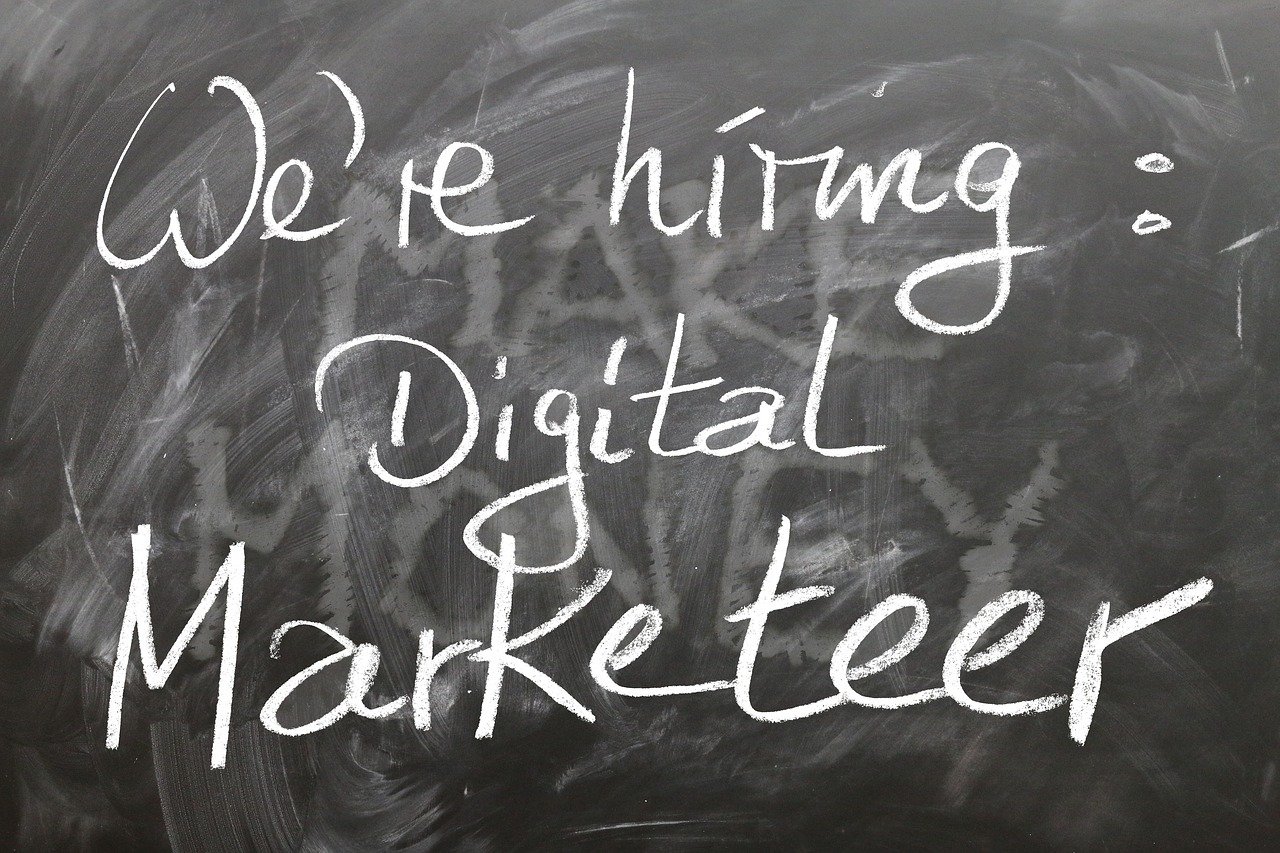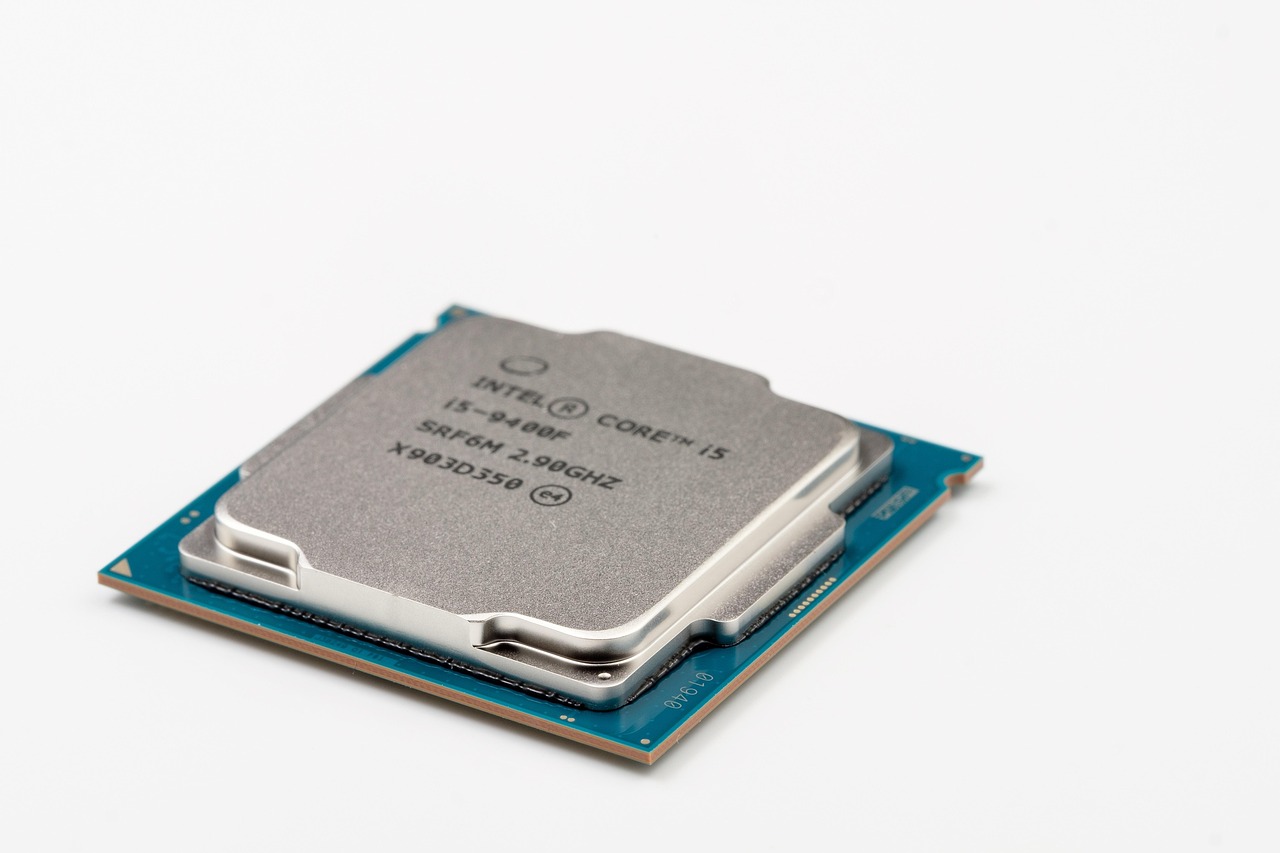Enhancing Safety in AI-Driven Autonomous Vehicles: Innovations and Regulatory Efforts

Brief news summary
Engineers and developers are intensifying efforts to enhance the safety of AI-driven autonomous vehicles following incidents that exposed vulnerabilities in their reliability and security. These challenges highlight the necessity for thorough analysis and improvements to safeguard passengers, pedestrians, and all road users. Manufacturers are revising safety protocols and increasing testing through advanced simulations that mimic complex urban settings, harsh weather, and unpredictable human behavior. Improvements in sensor technology—boosting resolution, range, and accuracy—along with better sensor fusion, enable superior perception of dynamic environments. AI algorithms are being refined using advanced machine learning techniques to navigate traffic hazards more effectively. Collaboration with regulators ensures adherence to evolving safety standards via data sharing and certification processes. To build public trust, companies emphasize transparency regarding system capabilities and safety information. Industry groups and research institutions contribute by supporting safety research, sharing best practices, and fostering collective progress. The overarching goal is to create safe, reliable autonomous vehicles that enhance traffic safety, decrease accidents caused by human error, and improve mobility, relying on ongoing innovation, stringent safety measures, and broad collaboration.Engineers and developers are intensively working to resolve safety issues related to AI-driven autonomous vehicles, especially in response to recent incidents that have sparked widespread debate on the reliability and security of this evolving technology. These events exposed vulnerabilities that require thorough analysis and correction to protect passengers, pedestrians, and other road users. Consequently, manufacturers and technology creators are reassessing their safety protocols, with a primary emphasis on enhancing testing procedures. Autonomous vehicles now undergo more rigorous and varied simulations replicating real-world conditions, including complex urban scenarios, adverse weather, and unpredictable human behavior, to detect and mitigate risks before public deployment. Advancements are also focused on sensor technologies, as autonomous vehicles depend heavily on cameras, lidar, radar, and ultrasonic sensors to interpret their environment. Recent improvements aim to increase sensor resolution, range, and reliability, enabling better detection of dynamic obstacles and environmental changes. Additionally, enhanced sensor fusion techniques integrate data from multiple sources for a more accurate understanding of driving conditions. Alongside hardware upgrades, considerable effort targets refining AI algorithms responsible for decision-making. Updates to neural networks and advanced machine learning methods enhance the system’s ability to predict and respond to complex traffic situations with greater accuracy, resulting in safer navigation, appropriate hazard responses, and smoother interactions with human drivers and pedestrians.
Manufacturers are also working closely with regulatory bodies to ensure autonomous vehicles comply with evolving safety standards through transparent data sharing, joint development of safety guidelines, and active participation in certification. Regulations are adapting alongside technological advances, establishing clear criteria for the safe operation of self-driving cars. Public trust is essential for widespread adoption. To foster confidence, companies are increasing transparency regarding system capabilities and limitations and investing in education campaigns that explain safety features and rigorous development processes. Furthermore, industry consortia and research institutions contribute by conducting safety studies and sharing best practices, enabling collective learning from incidents to promote broad safety improvements. Ultimately, engineers, developers, manufacturers, regulators, and researchers share the goal of enabling autonomous vehicles to operate safely and reliably in diverse environments. Success would not only satisfy strict regulatory demands but also showcase the practical benefits of self-driving technology in enhancing traffic safety, reducing human-error accidents, and improving mobility for all. The path toward fully realizing autonomous vehicles’ potential remains complex and ongoing, requiring sustained commitment to safety, innovation, and collaboration. As the technology matures, these efforts are expected to produce more robust, trustworthy autonomous systems poised to transform transportation’s future.
Watch video about
Enhancing Safety in AI-Driven Autonomous Vehicles: Innovations and Regulatory Efforts
Try our premium solution and start getting clients — at no cost to you

I'm your Content Creator.
Let’s make a post or video and publish it on any social media — ready?
Hot news

I work in tech sales and use AI every day — but I…
This as-told-to essay is drawn from a conversation with Antoine Wade, a tech sales professional based in San Antonio.

Meta Platforms Announces $10 Billion Investment i…
Meta Platforms Inc.

HVLP Copper Foil Sees Demand Surge; China Acceler…
The global HVLP (Very Low Profile) copper foil market is experiencing significant growth this year, primarily driven by rising demand for AI servers.

The AI processor market explosion
Jon Peddie, founder and president of Jon Peddie Research, was the featured guest on DE 24/7 tech podcaster Kenneth Wong’s show, where he discussed the rapidly expanding AI processor industry and the daily fluctuations within this billion-dollar market.

AI and SEO: Understanding the Synergy Between Tec…
The evolving relationship between artificial intelligence (AI) and search engine optimization (SEO) is profoundly transforming the digital marketing landscape.

AI in Video Production: Streamlining Post-Product…
The post-production phase of video production is undergoing a major transformation with the growing adoption of artificial intelligence (AI) technologies.

Intel's Leadership Restructuring Amid AI Chip Mar…
Intel Corporation has initiated significant leadership changes and workforce reductions within its foundry operations as part of a broader corporate restructuring aimed at refocusing its business strategy to better address the rapidly evolving artificial intelligence (AI) market.
AI Company
Launch your AI-powered team to automate Marketing, Sales & Growth

and get clients on autopilot — from social media and search engines. No ads needed
Begin getting your first leads today








